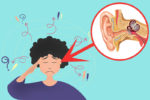Especially during the winter and spring seasons, we all have our fair share of sneezes. They’re involuntary, sometimes loud, sometimes quiet, and always seem to come at the wrong time (such as in the middle of a quiet class). But one thing is for sure: sneezing is something that we all experience, no matter how hard we try to control our allergies or keep our sinuses clear. But what is sneezing all about?
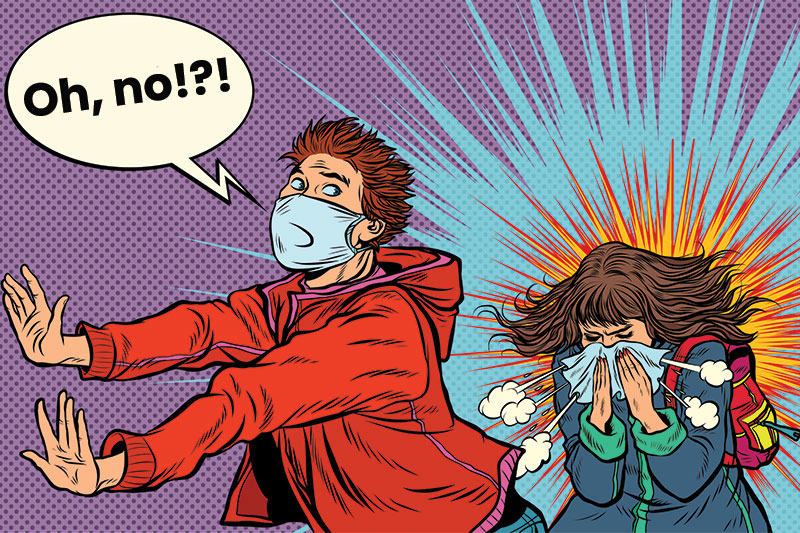
Perhaps you didn’t know, but sneezing is the body’s natural way of clearing your nasal passages. When your body senses that something foreign–-such as dirt, pollen, dust, or smoke––enters the nostrils, it triggers a sneeze response to clear your nose. Aside from clearing out the junk, however, sneezing is actually an important defense mechanism your body uses to fend off bacteria and the possibility of infection.
As common as sneezing is, you’d think we all know the ins and outs of it, but that’s simply not true. To show you just how true that is, let’s take a look at ten things you probably didn’t know about sneezing and what makes people sneeze. Let’s dive right in.
#10 – Sneezing keeps your body safe from harmful infections.

As mentioned above, sneezing is the body’s natural defense mechanism against harmful foreign substances, including bacteria and viruses. If you ever wondered why you can’t keep your eyes open when you sneeze, it’s because your body triggers for them––along with your throat––to close, avoiding any foreign substances from entering in.
#9 – Sneezes are quite fast.
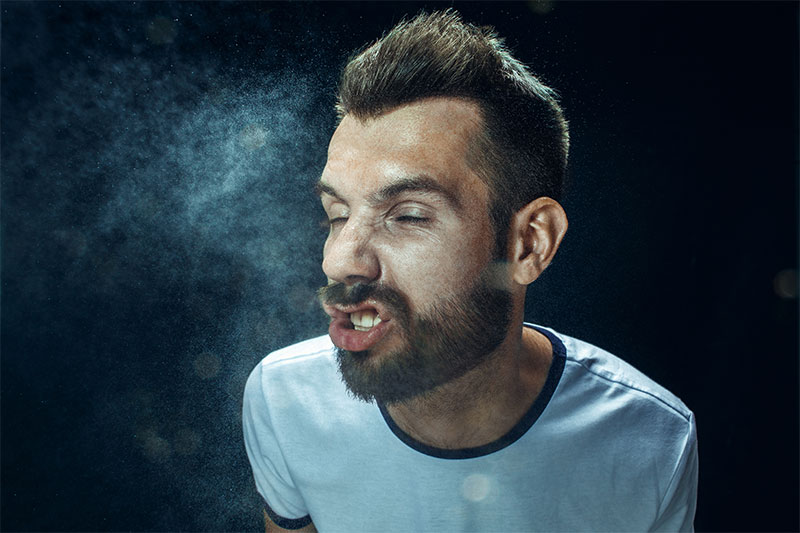
According to some folks, sneezes travel at speeds up to 100 miles per hour. However, the more likely range is 30-50 miles per hour. That’s still pretty fast, though.
#8 – Many people sneeze in response to sunlight.
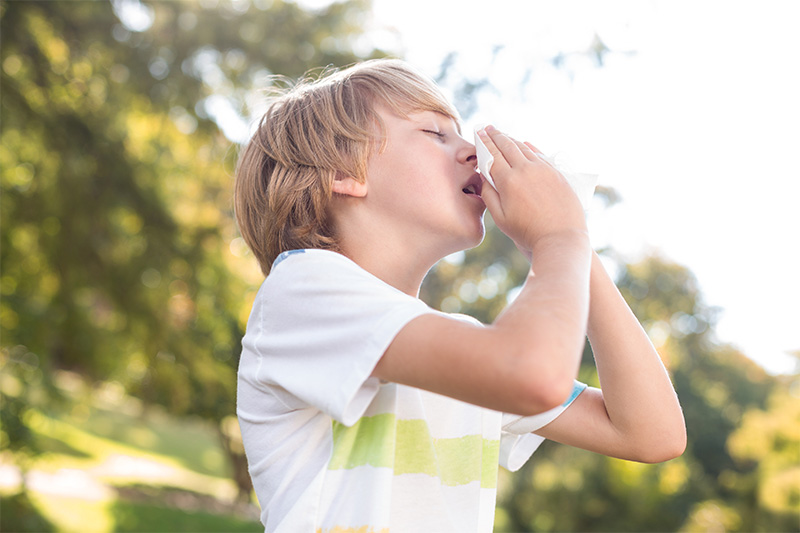
No, it doesn’t mean they’re allergic to sunlight (that would suck). Rather, it’s a reaction called the photic sneeze reflex, which triggers the brain to sneeze. Scientists are still uncertain as to why this happens.
#7 – Plucking your eyebrows may trigger sneezing.
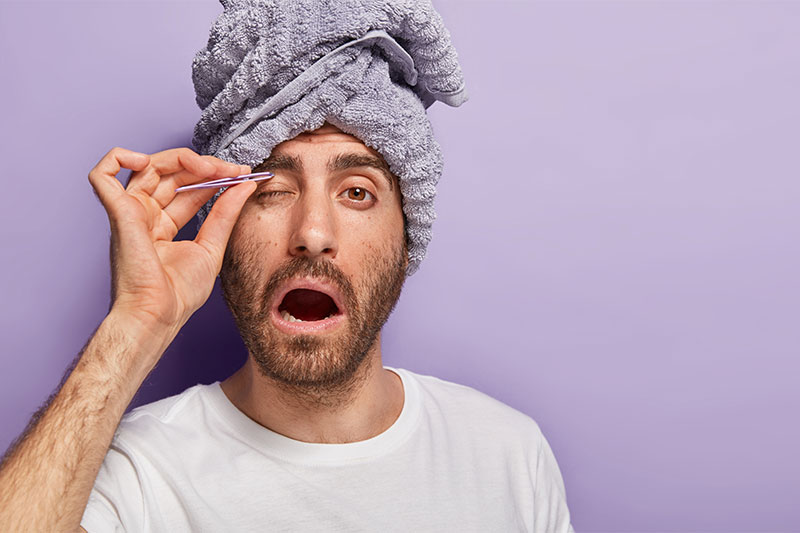
Because there are nerves in your face that supply your nasal passages, plucking your eyebrows may actually trigger these nerves. This, of course, may lead to you sneezing.
#6 – Sneezing in twos or threes is totally normal.

Sometimes, the first go-around just doesn’t get rid of all the foreign irritants. If your body still feels like there’s more to get out, you may sneeze in pairs or more. That’s completely fine. In fact, some people sneeze closer to ten times in a row.
#5 – You can’t sneeze in your sleep.
You probably already knew this, but many of your body’s functions shut off when you’re sleeping to give them a rest. This, of course, includes your sleeping nerves. If you’ve ever felt like you woke up from your sleep because of a sneeze, it’s probably because you weren’t completely asleep in the first place.
#4 – Sex may trigger a sneeze response.
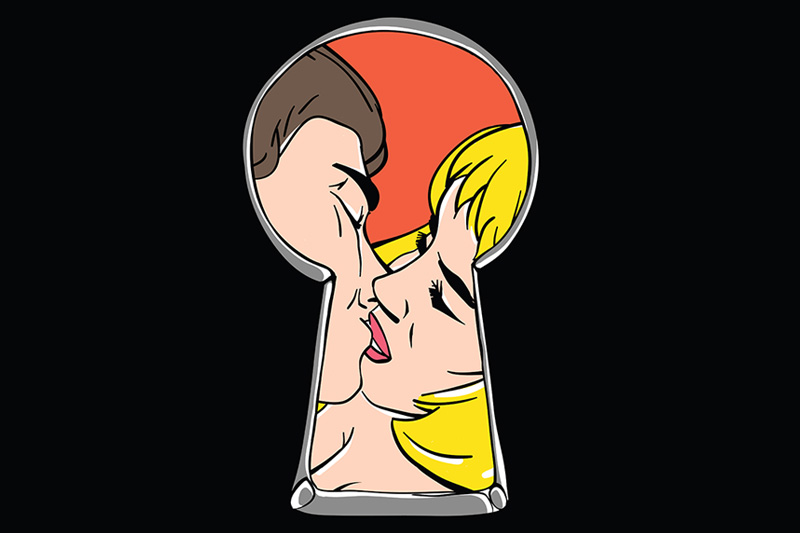
It’s true. Although researchers are not sure why it happens, some believe that it happens because the parasympathetic nervous system is stimulated, firing off sneezing signals “accidentally” in the process.
#3 – Iguanas are professional sneezers.
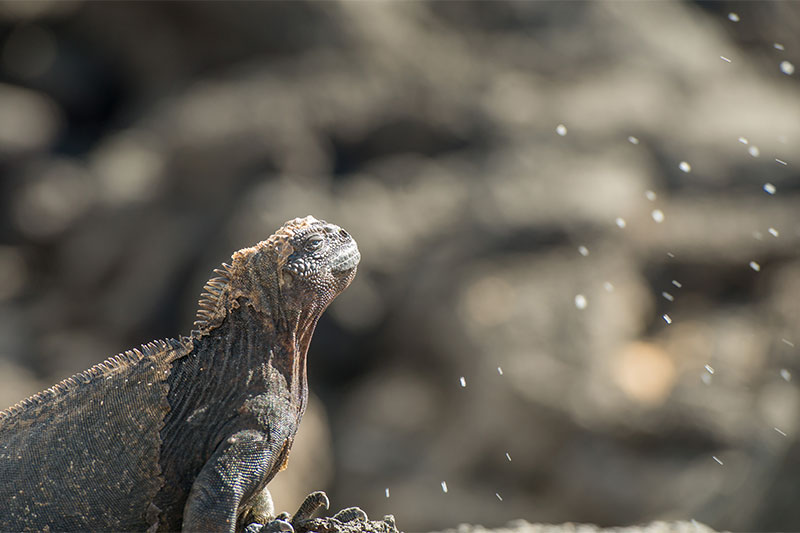
You might sneeze ten times in a row, but you have nothing on the iguana. Iguanas sneeze more often––and more productively––than any other animal, including humans. Just like with humans, sneezing helps iguanas to rid their bodies of certain unwanted substances. In their case, however, that happens to be salts that are a byproduct of their digestive processes.
#2 – Sneezing is a great fitness routine.
Okay, not really. But it is true that sneezing contracts muscles in your nose, eyes, chest, throat, diaphragm, arms, brain, and abdomen. So maybe if you sneeze a lot, you can make a workout routine out of it?
#1 – One sneeze can spray up to 40,000 droplets into the air.

Also, that spray can spread up to five feet wide and reach out more than ten feet. Pretty gross to think about, right? This is why health professionals say to sneeze into your elbow.

